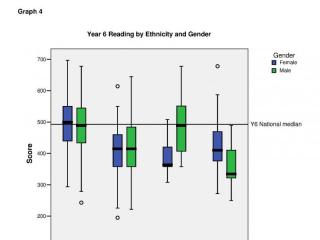You are here:
- Home »
- Using evidence for learning »
- Working with data »
- Disaggregating data
Disaggregating data

Disaggregating data means looking at achievement results or teacher judgments by specific subgroups of students.
Student achievement data is often reported for whole populations (for example, cohorts, year levels, whole class). This is called aggregate data. However, it is not until the data is disaggregated that patterns, trends and other important information are uncovered.
School leaders will want to look at assessment data to determine overall trends and to set school-wide goals or targets. Standard ways of disaggregating data for this purpose are by gender and ethnicity. However, for classroom teachers’ goal setting, there will be value in taking that investigation down to groups of students, or to the individual student. It may also mean examining the assessment by types of question or even individual questions to undercover trends in achievement gaps.
To learn how you can display test results disaggregated by gender and ethnicity, using Excel, view this video tutorial about Displaying results disaggregated by ethnicity and gender.
You can use the Excel spreadsheet below to practise disaggregating data using pivot tables.
![]() Cleaned and matched writing data BOY and EOY and combined
(Excel 2007 23 KB)
Cleaned and matched writing data BOY and EOY and combined
(Excel 2007 23 KB)

